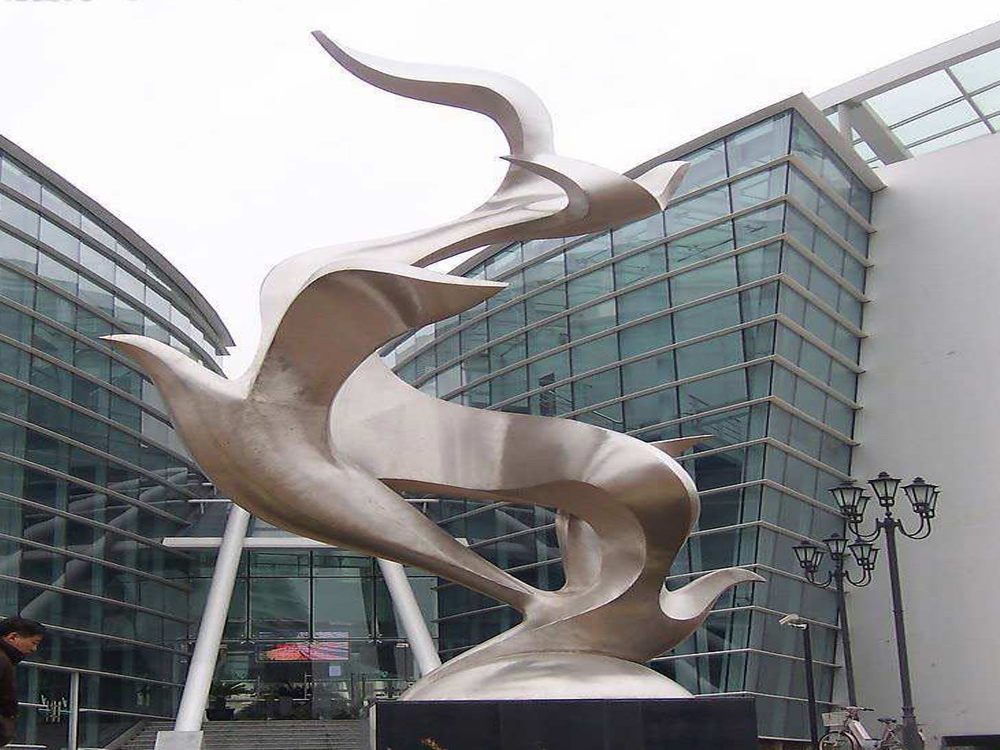
Artists have long explored the intersection of science and creativity, particularly in stone sculpture. One fascinating technique involves leveraging thermal properties to manipulate stone, achieving effects impossible through traditional carving alone. By understanding how different stones react to temperature changes, sculptors can expand their artistic toolkit.
Heat application causes stone to expand, allowing artists to create controlled fractures or subtle texture variations. Marble, for instance, develops delicate web-like cracks when rapidly heated and cooled, while basalt becomes more malleable under sustained heat. Some artists use torches to selectively soften areas for intricate detailing, while others employ thermal shock to produce dramatic fissures.
Modern sculptors often combine thermal techniques with digital tools, using infrared imaging to predict heat distribution patterns before applying temperature changes. This fusion of ancient material and contemporary technology pushes the boundaries of stone art, creating works that reveal the hidden dynamism of seemingly static rock. The resulting sculptures often showcase nature's forces frozen in time – a testament to both artistic vision and geological processes.
Beyond aesthetics, thermal manipulation can strengthen certain stones or prepare surfaces for additional treatments. Artists must carefully balance intensity and duration to avoid unwanted structural damage, making thermal sculpting both a precise science and an intuitive art form. These methods continue evolving as contemporary artists rediscover and reinvent thermal techniques from ancient stone-working traditions.

